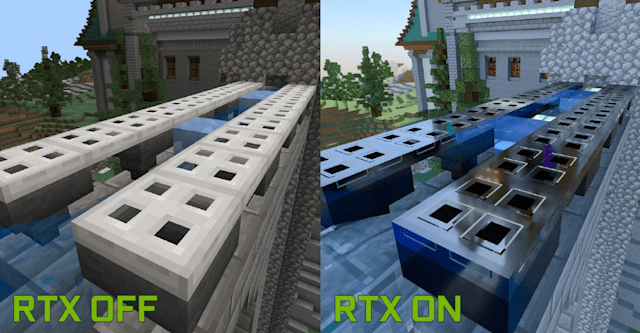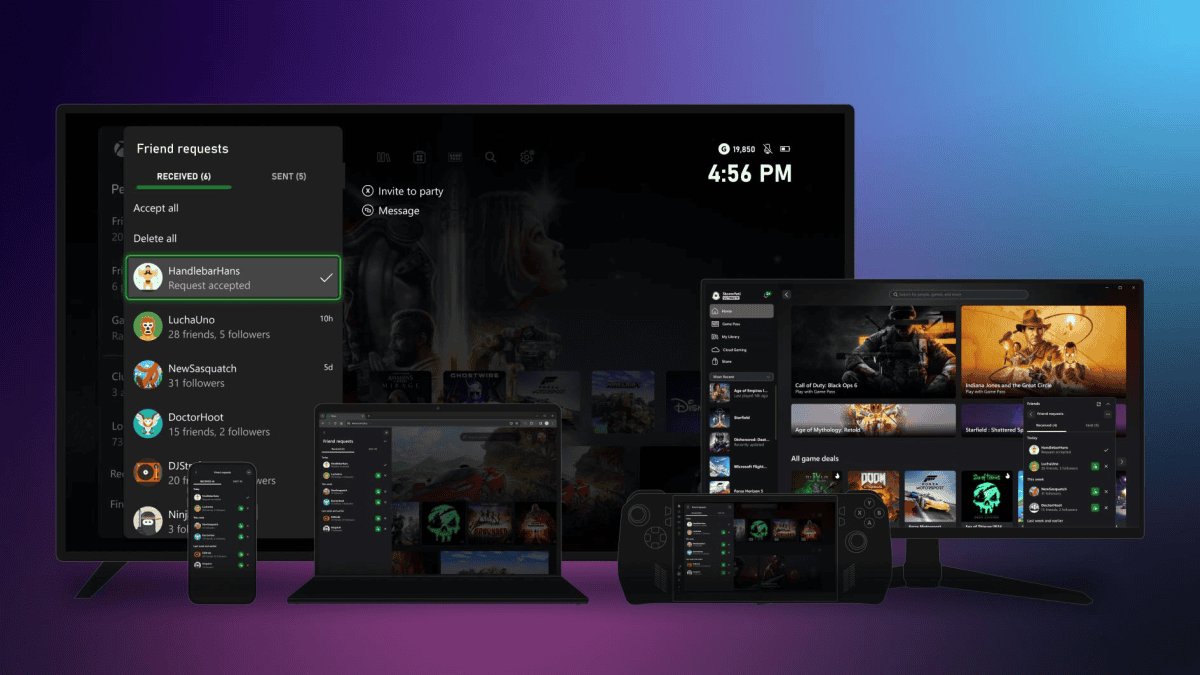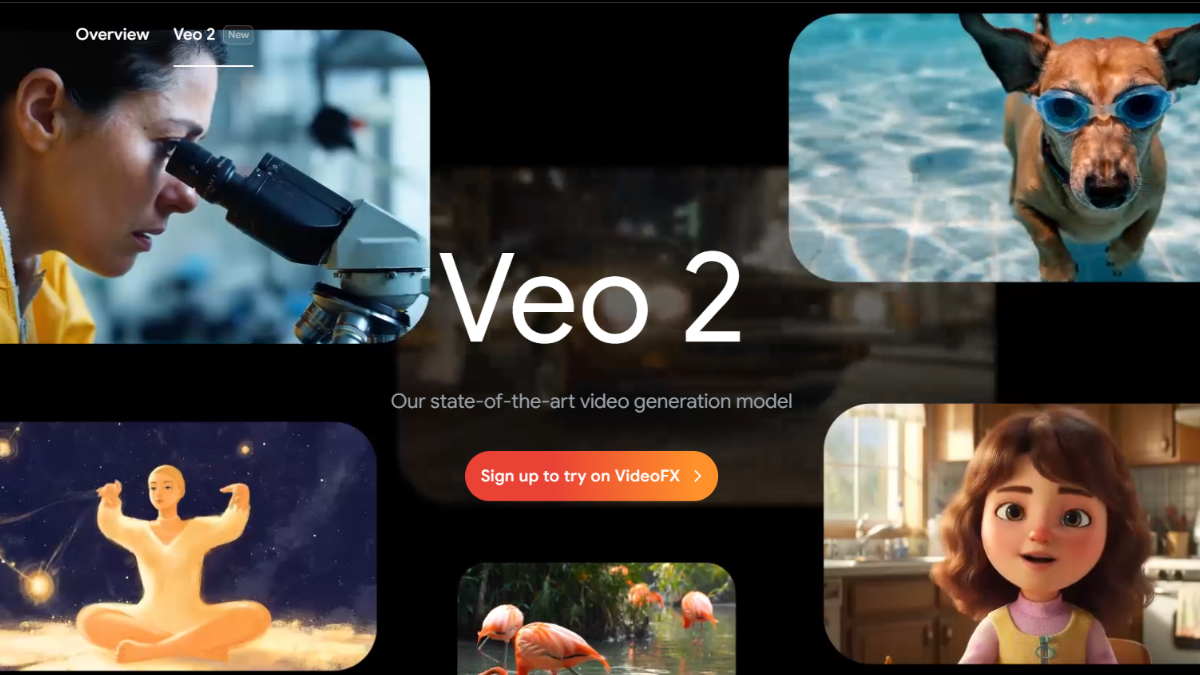Microsoft patents a technique that can make ray tracing less VRAM-hungry
2 min. read
Published on
Read our disclosure page to find out how can you help MSPoweruser sustain the editorial team Read more
Key notes
- Microsoft patents a technique for potentially more efficient ray tracing in games.
- This method uses a level-of-detail system to adjust ray tracing quality based on distance.
- Potential benefits include smoother ray tracing on lower VRAM GPUs and consoles.

Microsoft has filed a patent for a new technique that could improve the efficiency of ray tracing in video games. What is it? Ray tracing is a graphics rendering technique that simulates the path of light to create realistic lighting effects. However, it can be demanding on a graphics card’s memory (VRAM).
The proposed technique utilizes a level-of-detail (LOD) system for ray tracing. This system is similar to techniques already used in 3D graphics, where the detail of objects is reduced the further they are from the viewpoint.
By applying this concept to ray tracing, the patent suggests that the quality of ray tracing effects could be adjusted based on distance, which can reduce memory usage.
This approach, if implemented effectively, could lead to several potential benefits:
- Games with ray tracing features could potentially run smoothly on graphics cards with lower VRAM capacities, such as 8GB or even 4GB GPUs. This could benefit budget PCs and mobile devices with hardware-accelerated ray tracing capabilities.
- Consoles with limited accessible memory, like the Xbox Series S, might see improved performance in games that use ray tracing.
- The LOD system could offer developers greater control over optimizing ray tracing performance for different hardware configurations.
It is important to note that this is a patent and not a guaranteed product.
Here is the patent filing.








User forum
0 messages